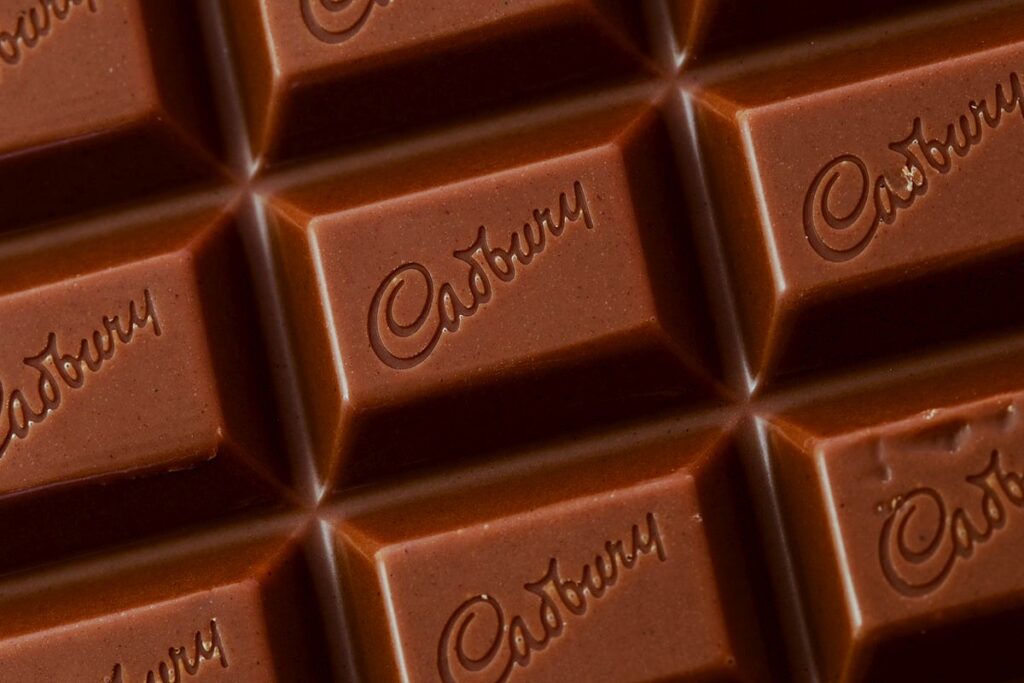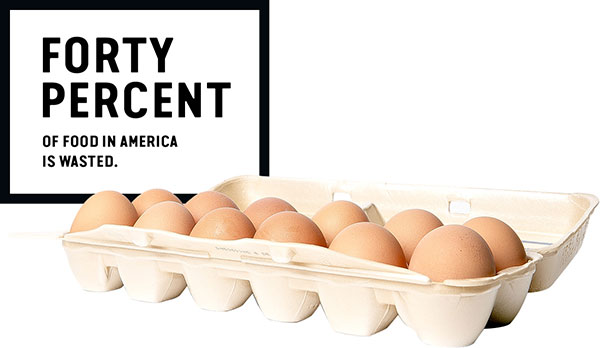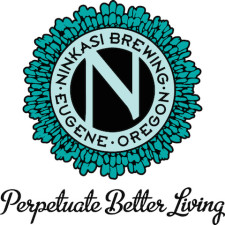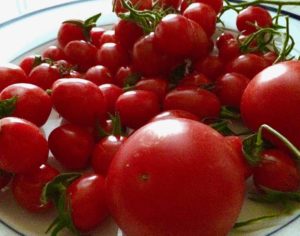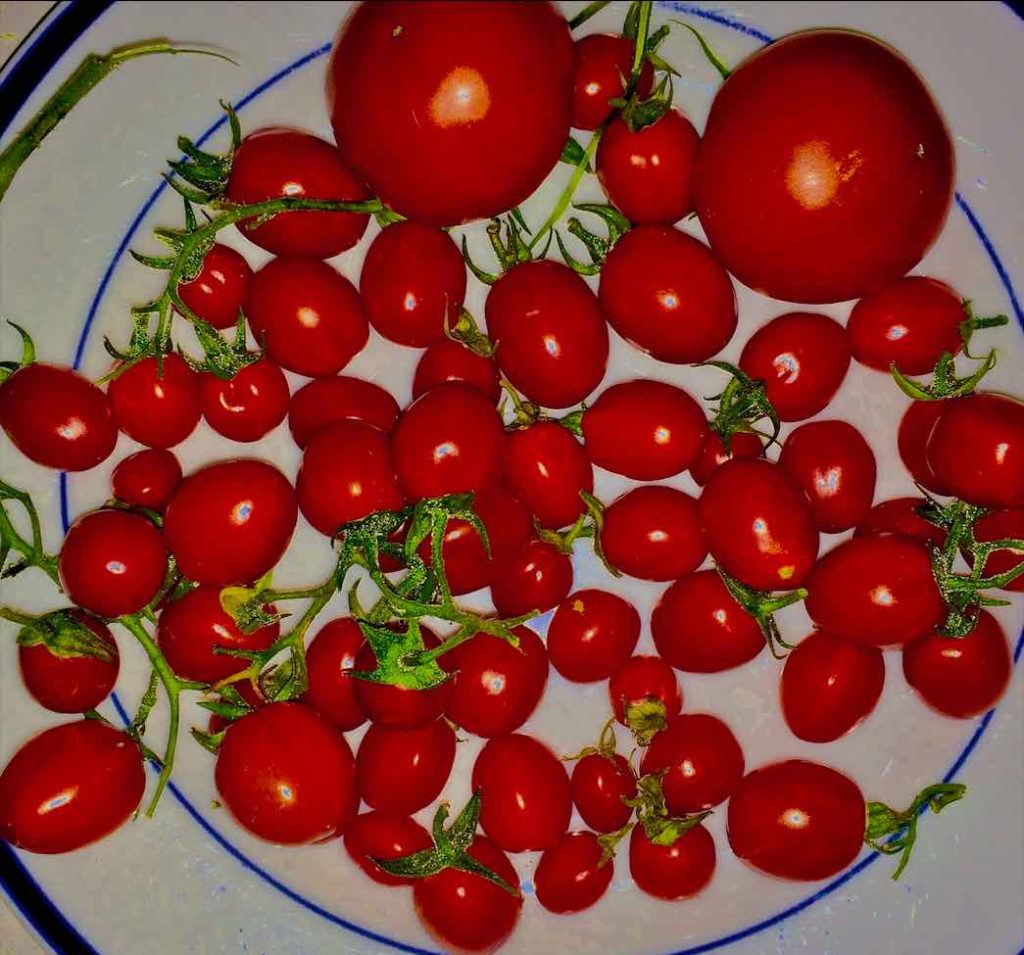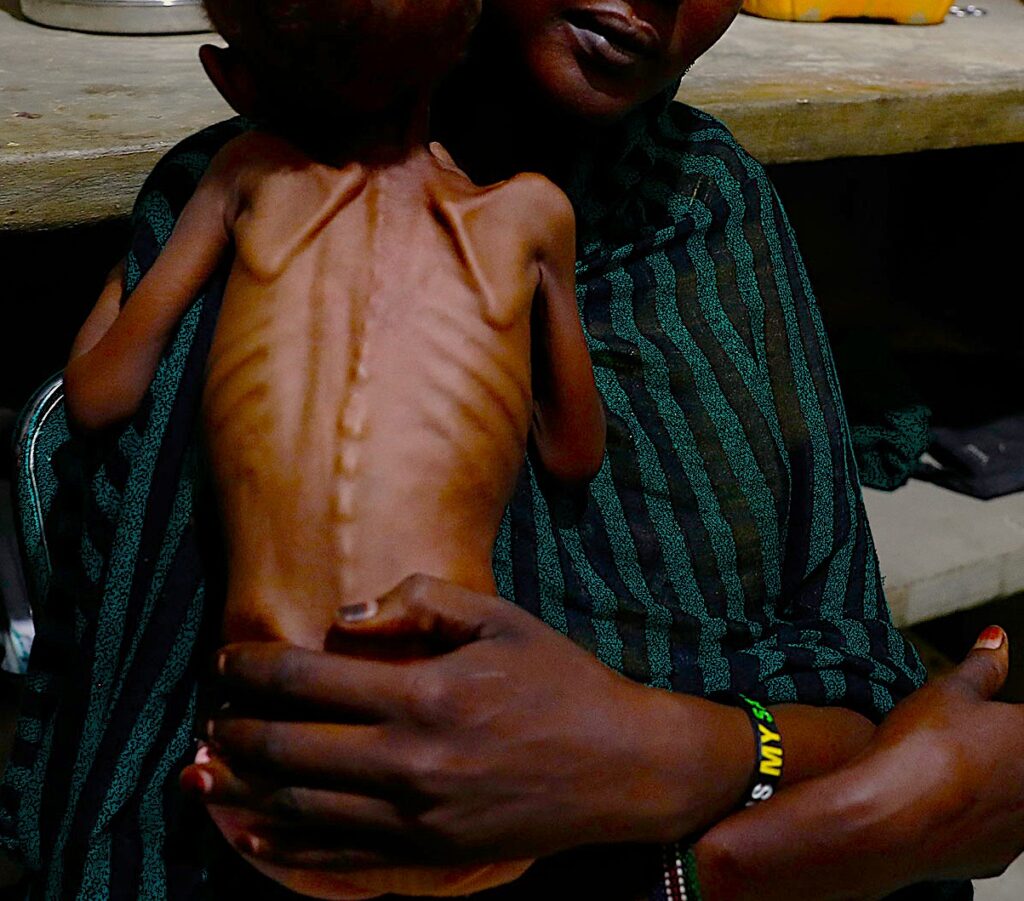This is the true story of a family that cared a lot about people. Find out how the Cadbury family chocolate business made life better for many folks.
https://www.cadbury.co.uk/about/history/our-story
Visit the Cadbury web address above and you’ll find the following statement;
“From a grocery shop, to a factory, to the Cadbury we know today. This is the story of a father and two sons and how their generosity inspired generations to come. They poured a ‘glass and a half’ into their Dairy Milk and into their workers and communities too. At Cadbury, people always have been and will be at the heart of everything we do.”
Quaker John Cadbury was first apprenticed to a tea dealer in Leeds in 1818. In 1824, John opened a grocery shop at 93 Bull Street, Birmingham, England. He sold tea, coffee, hops and mustard along with cocoa and drinking chocolate. John prepared the drinking chocolate himself by using a mortar and pestle and crushing the cocoa. The treat became quite popular and eventually John decided to start commercial manufacturing. He opened a warehouse on Crooked Lane in 1831 where he started his drinking chocolate operations with the help of his 2 sons, Richard and George. By 1842, the Cadbury’s were selling 16 varieties of drinking chocolate and 11 varieties of cocoa. In 1850, John’s oldest son, Richard and his brother George were learning to handle operations and 11 years later John Cadbury retired from the business and Richard and George took over.
George heard about a Dutch chocolate maker, Coenraad van Houten, who had devised a method of extracting most of the fat from cocoa, which made it a more appealing drink. George went to Holland to see Van Houten and returned with a cocoa fat removal machine which proved successful. By using the cocoa press, Richard and George found they were able to make their cocoa 100% pure. They focused on making totally pure cocoa and in 1866 the Cadbury’s launched their “Absolutely Pure Therefore Best” cocoa product. This product line enabled the Cadbury’s to grow their company into a successful enterprise with a reputation for quality products and for treating its employees well.
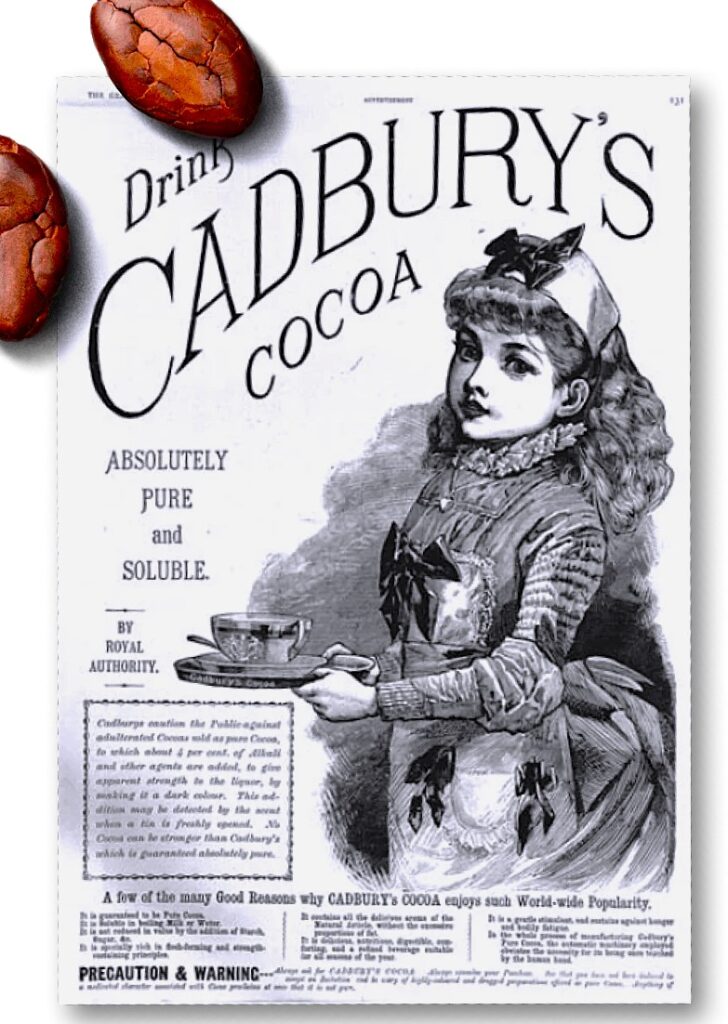
George had big ideas. He asked, ‘Why should an industrial area be squalid and depressing? If the country is a good place to live in, then why not work in it?’. George wanted to build a place full of green spaces, where Cadbury workers could leave the crowded, dirty city behind and enjoy a better quality of life. He began to draw up plans for his new country factory with Birmingham architect George H. Gadd.
In 1878, Cadbury acquired 14.5 acres of open land, four miles (6 km) south-west of Birmingham. In January 1879, Cadbury, his architect and their construction team building began the factory, along with the first 16 houses for some of his 200 plus employees. September 1879, 230 workers by train to begin their lives in the new town and facility.
The name of this new town would be Bournville. This new country live/work concept was a significant upgrade from the poor living conditions of the urban environment. In Bournville, families had houses and could enjoy yards, gardens, parks, schools, medical care and fresh air. Children enjoyed new playgrounds, country outings and summer camps. The men played football, hockey and cricket in the open park spaces. Tennis and squash courts were built, along with a bowling green and swimming pools with heated changing rooms an kitchens for heating up food. All employees were encouraged to become good swimmers. There were no pubs and no alcohol was sold in Bournville and none is sold there still to this day.
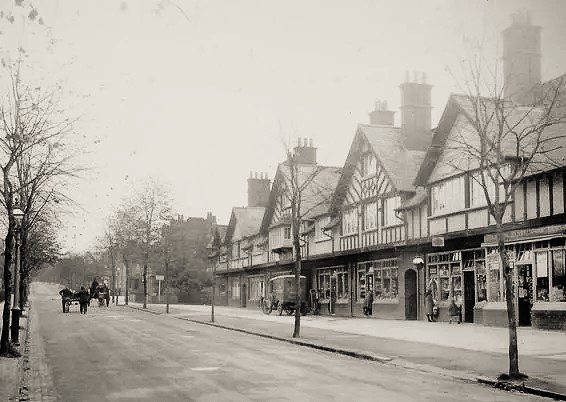
street photo
For workers to have facilities and a home life like this was unheard of in Victorian times. Cadbury became one of the first firms to introduce a 1/2 day of work Saturday. “People told us it would mean ruin, but I don’t think any men could have been happier.” said George.
By 1899 the company had 2,600 employees and was incorporated as a limited company on June 16, 1899. Richard and George owned all of the ordinary shares in their business.
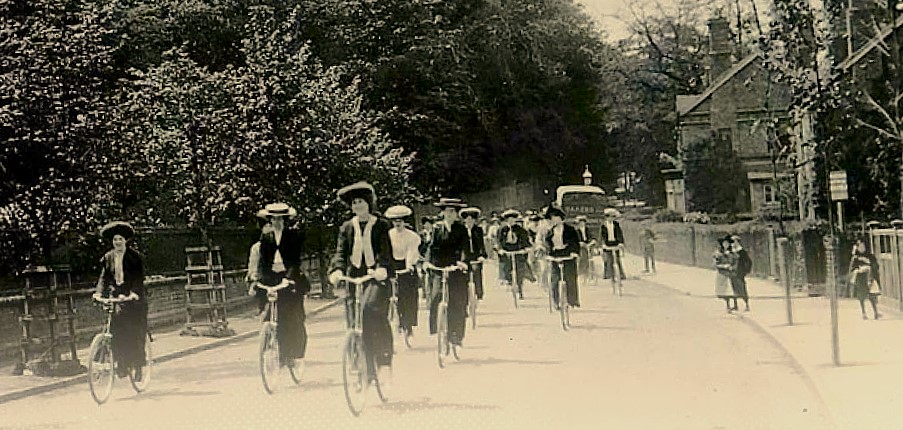
By 1900 George Cadbury renounced his proprietorship of the estate and set up the Bournville Village Trust. There were 313 houses for various social classes.
In 1902, 30% of Cadbury’s capital expenditure was spent on the welfare of its workers.
By 1960 the Bournville Village Trust held 1,000 acres with 3,500 houses and to this date, the town still offers affordable housing. After Richard passed, George opened a works committee for each gender to discuss proposals for improving the company. He also pressed ahead with other ideas, like a deposit account and education facilities for every employee.
The site also states, “We’ve come a long way in 200 years but one thing that will never change is the generous spirit we bring to everything we do. Another exciting opportunity came along in 2010, when we found a new home alongside the Kraft Foods family. Kraft created a new division in 2012, called ‘Mondelez International’ which we are still proud to be a part of today.”
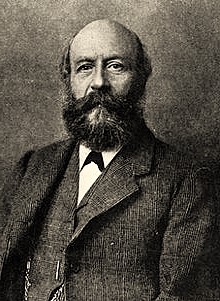
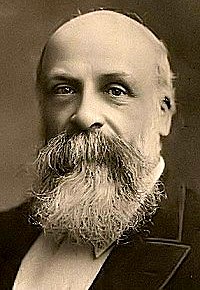
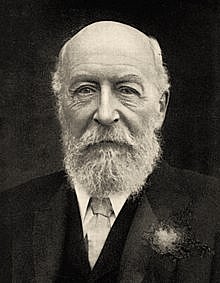
Many lives have been touched by the sweet philanthropic gestures of the Cadbury family and to this day 10% of the company profits are still donated to charity.
Thank you very much Cadbury family.
